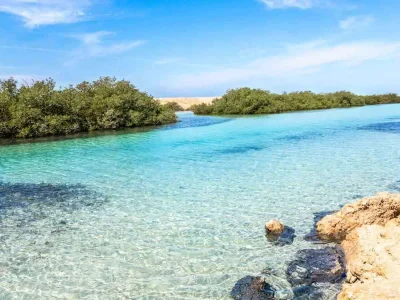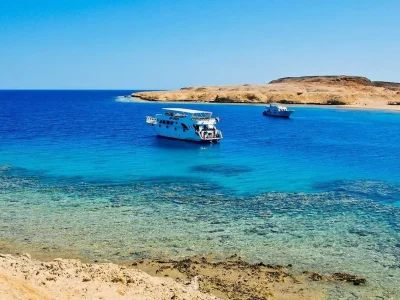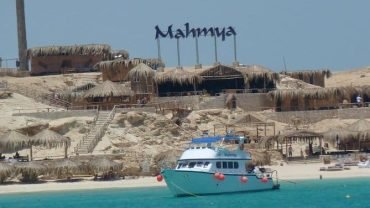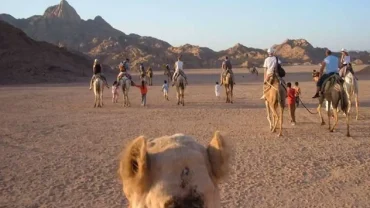Nabq National Park in Sharm El Sheikh: 15 Powerful Reasons to Visit This Natural Wonder

Nabq National Park in Sharm El Sheikh
When travelers think of Sharm El Sheikh, their minds often wander to turquoise waters, luxury resorts, and vibrant coral reefs. Yet, nestled just a short drive from the bustling city lies a natural treasure that surprises even the most seasoned adventurers—Nabq National Park. This protected area is a unique blend of desert landscapes, mangrove forests, rich wildlife, and untouched coral reefs.
Unlike the crowded tourist hubs, Nabq offers peace, raw beauty, and an authentic connection with nature. It’s a place where the desert meets the sea, where gazelles roam freely, and where rare mangrove trees rise like guardians of the shoreline. For those who crave more than sunbeds and cocktails, Nabq promises an adventure that feeds both the heart and soul.

History of Nabq National Park
Nabq National Park was established in 1992 as part of Egypt’s conservation efforts to protect the fragile ecosystems of the Sinai Peninsula. Covering more than 600 square kilometers, it stretches from the Gulf of Aqaba inland, merging deserts, mountains, and marine habitats into one protected area.
Its creation wasn’t just about nature—it was also about culture. The Bedouin tribes who have lived in this region for centuries were integral to shaping sustainable ways of coexisting with the land. Today, Nabq stands as a testament to Egypt’s commitment to protecting biodiversity while allowing people to explore its wonders responsibly.
Unique Geography of Nabq
Nabq’s geography is as dramatic as it is diverse. On one side, the desert stretches endlessly with golden dunes, rocky plateaus, and rugged mountains. On the other, the Red Sea sparkles, its shallow lagoons and coral reefs brimming with marine life.
What makes Nabq truly rare, however, is its mangrove forest—the northernmost in the world. These salt-tolerant trees stand tall along the coast, their roots providing shelter for countless species. Few places on Earth allow travelers to explore desert dunes, snorkel over coral reefs, and walk through mangrove swamps—all in a single day.
Flora of Nabq National Park
Botanists and nature lovers find Nabq a paradise of unusual flora. Apart from the famous mangroves, acacia trees dot the landscape, offering shade and life in an otherwise arid environment. Tamarisk bushes and desert shrubs cling stubbornly to the sandy soil, proving that nature always finds a way to thrive.
Seasonal wildflowers, though rare, paint the desert with unexpected bursts of color after rare rains. The contrast between these hardy plants and the vastness of the desert adds to Nabq’s allure, reminding visitors that the Sinai’s landscapes are far from barren—they’re alive and resilient.




Comment (0)